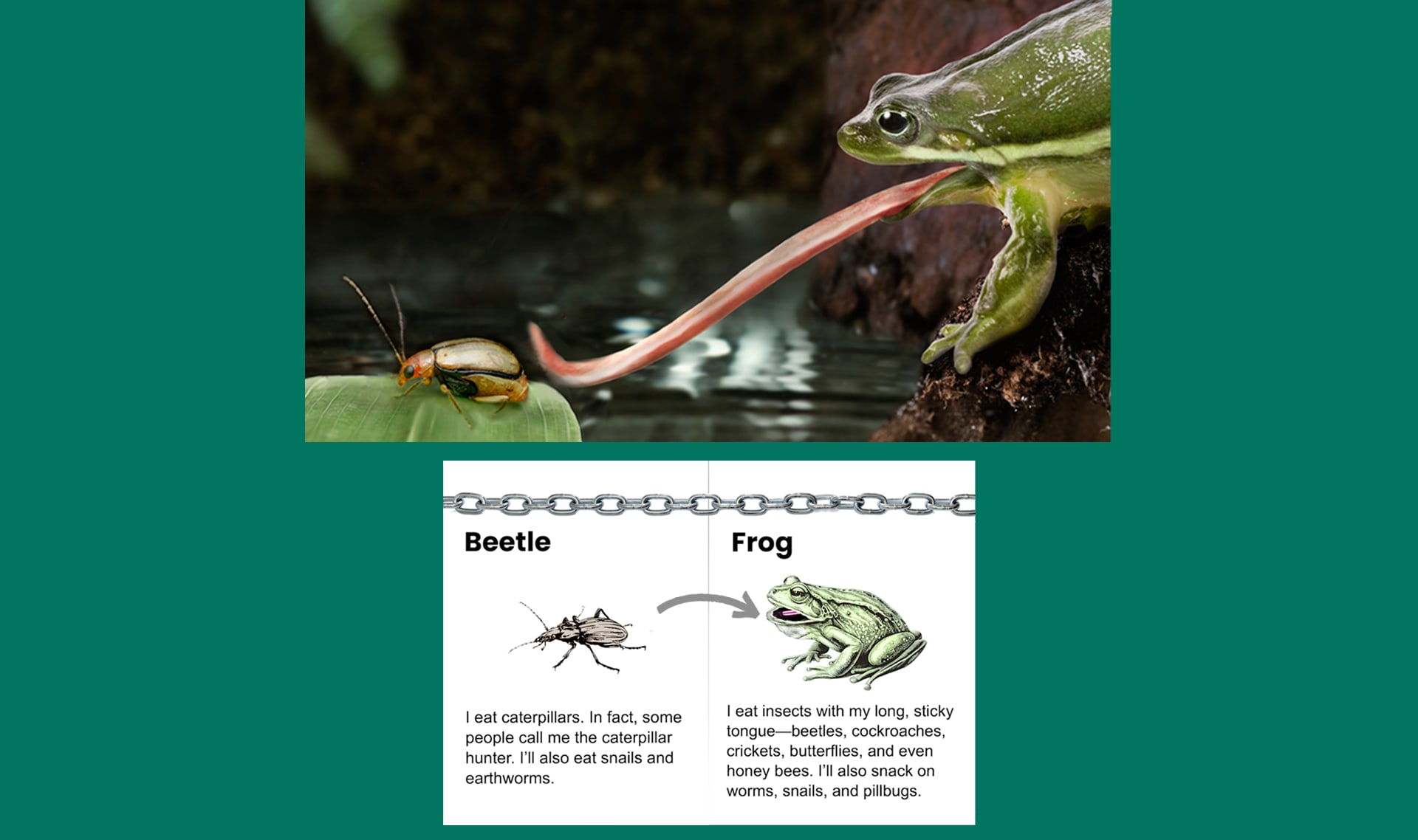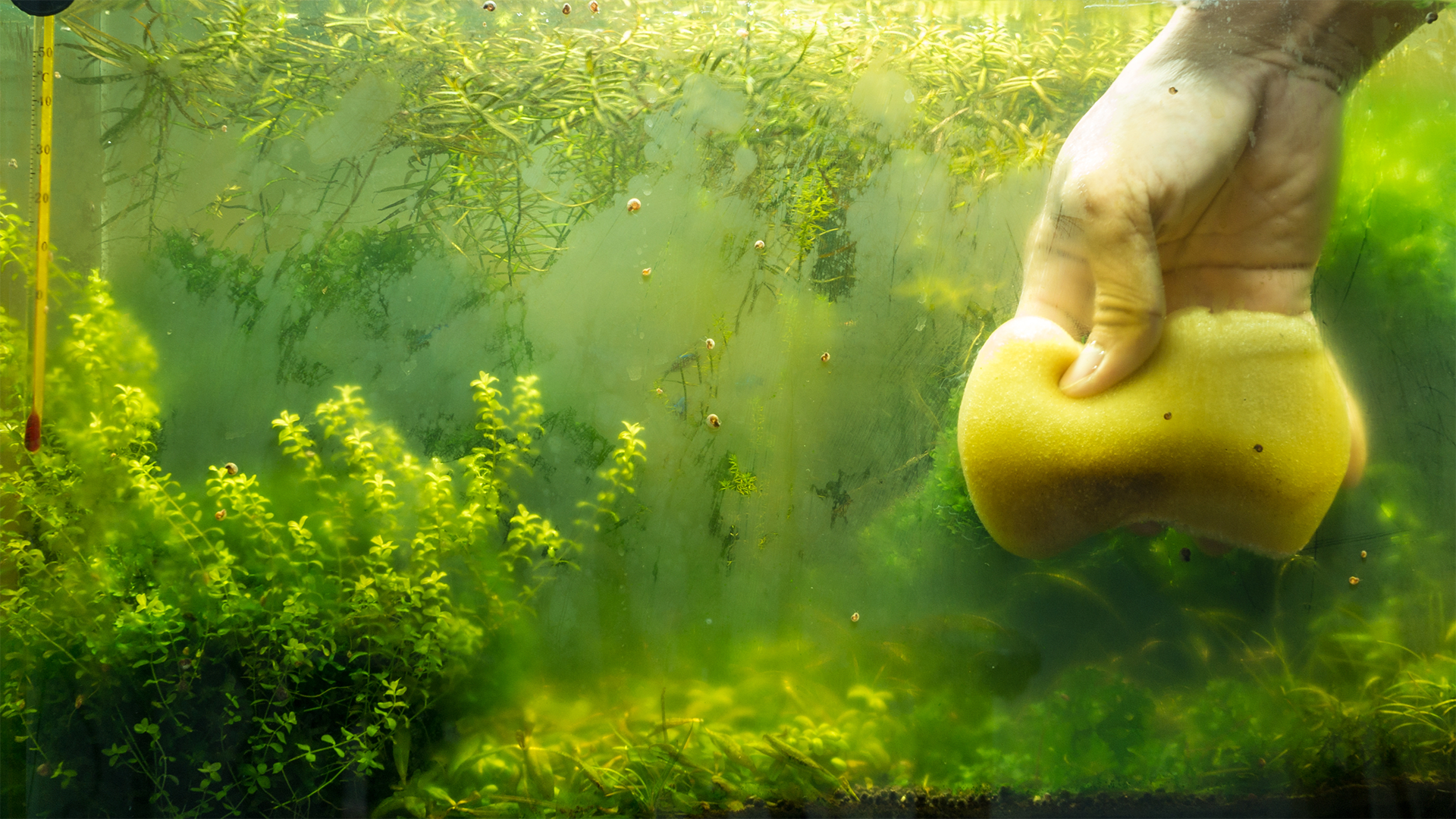
DISCUSS (1 of 2):
What do you think is wrong with the fish?
DISCUSS (2 of 2):
What would you do to try to help the fish?

DISCUSS:
How can fish survive in a pond if waste doesn’t get filtered out of the water?

DISCUSS:
Can you think of anything that could help LOWER the amount of carbon dioxide in a pond?
Hint:
What living things NEED carbon dioxide?

1. DRAW: Sketch a model of the interactions in a pond ecosystem. To get started, write plants, decomposers, and pond animals on a piece of paper. (Don’t write them too close to each other, you’ll be adding things in between them). Then draw arrows and add labels to show all the things that connect them.
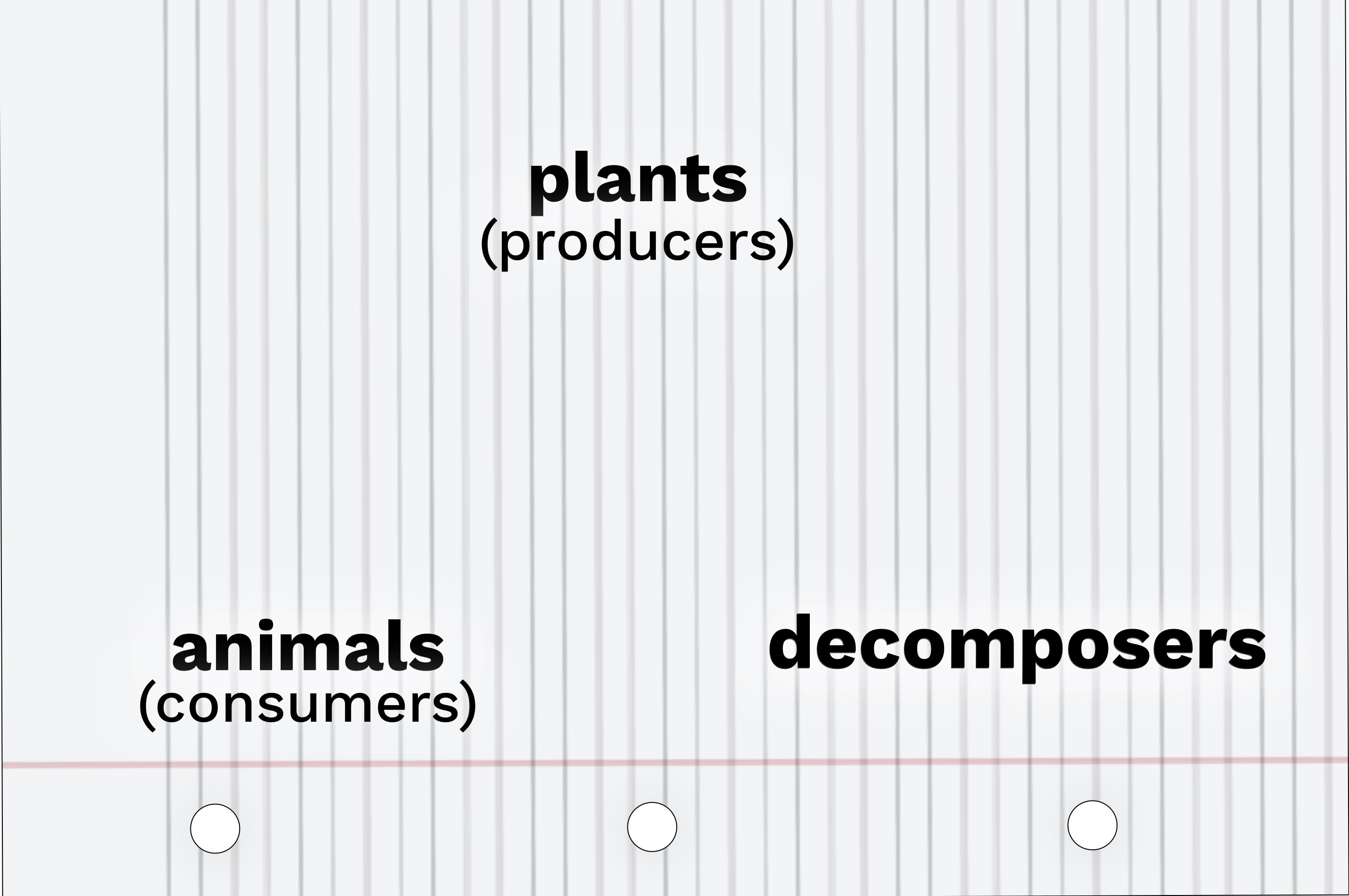
2. CHECK: Did you include waste, nutrients, carbon dioxide, and oxygen arrows in your model? If not, add arrows in for those too.
3. HERE’S WHAT WE DID: Here’s what our model ecosystem looked like, but there are many ways to draw this and yours might look different.













If you need a natural stopping point!
Teachers: If you are short on time, this is a good stopping point. You can play the Big Fish ecosystem game in a future session.
If you’ll be playing another day, have each pair of students clip their cards, their Fish-o-meter, their pointer and their worksheets together with a binder clip.
If you’re continuing right now, advance to the next slide.













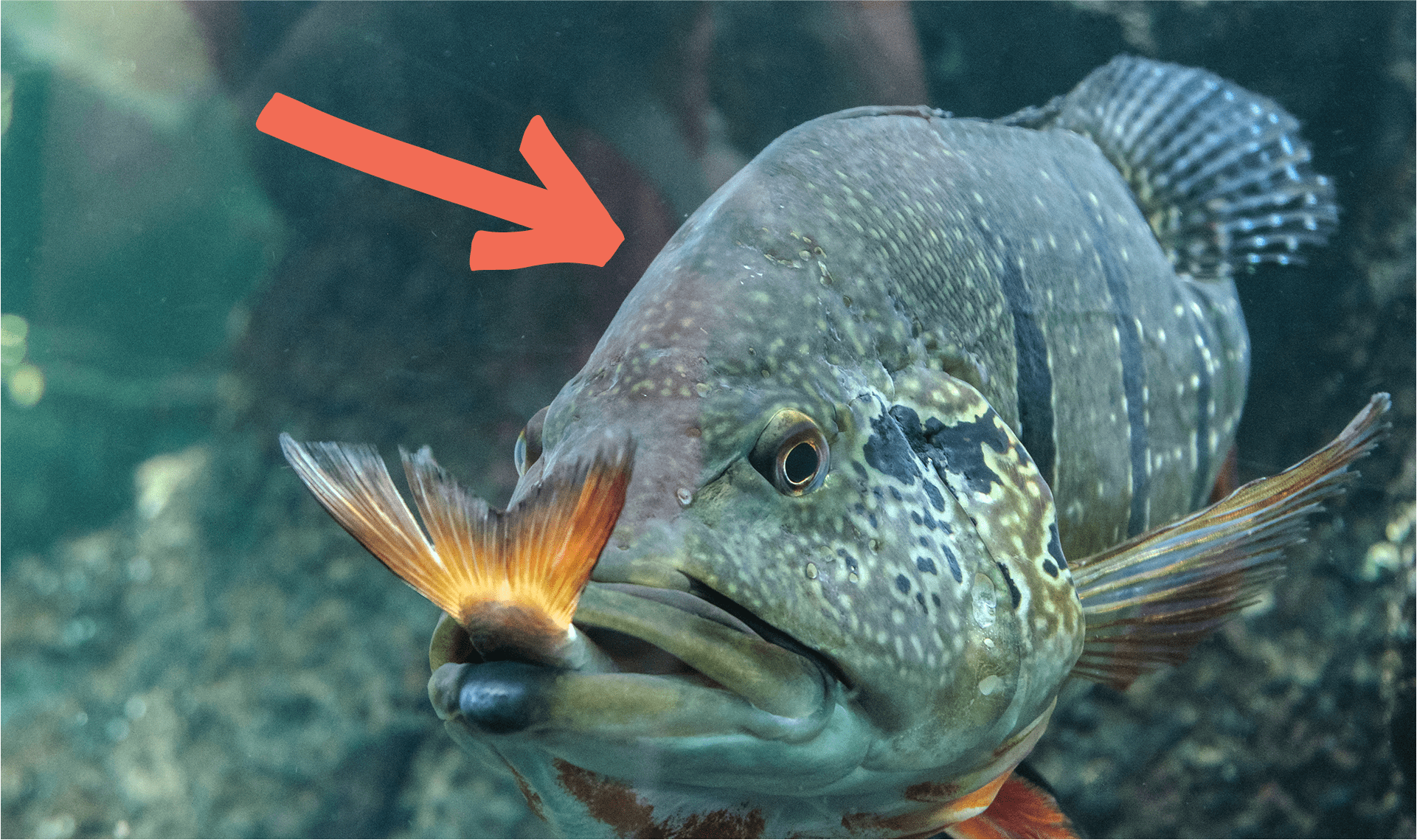
consumer

producer

decomposer
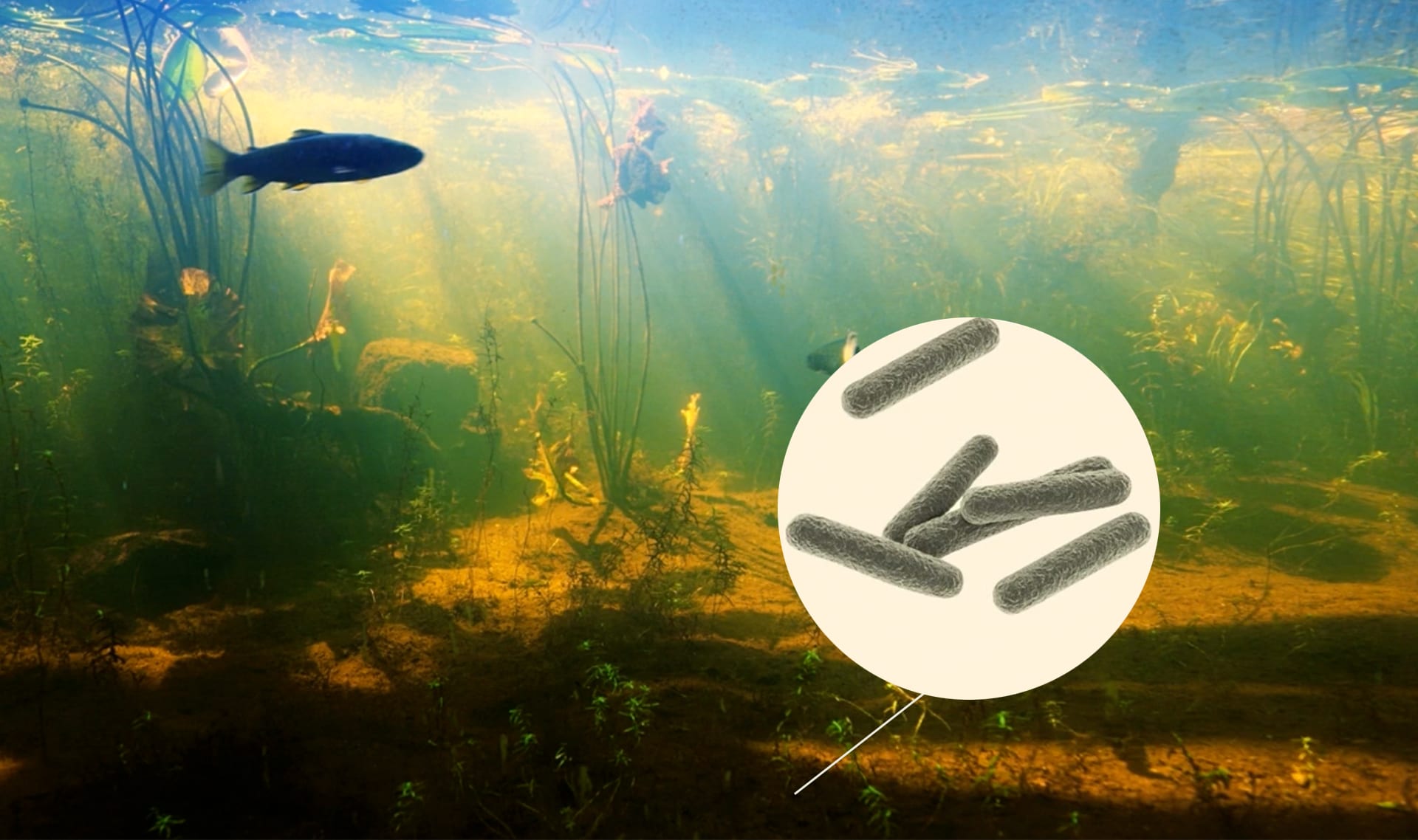
bacteria

fungus (fungi)
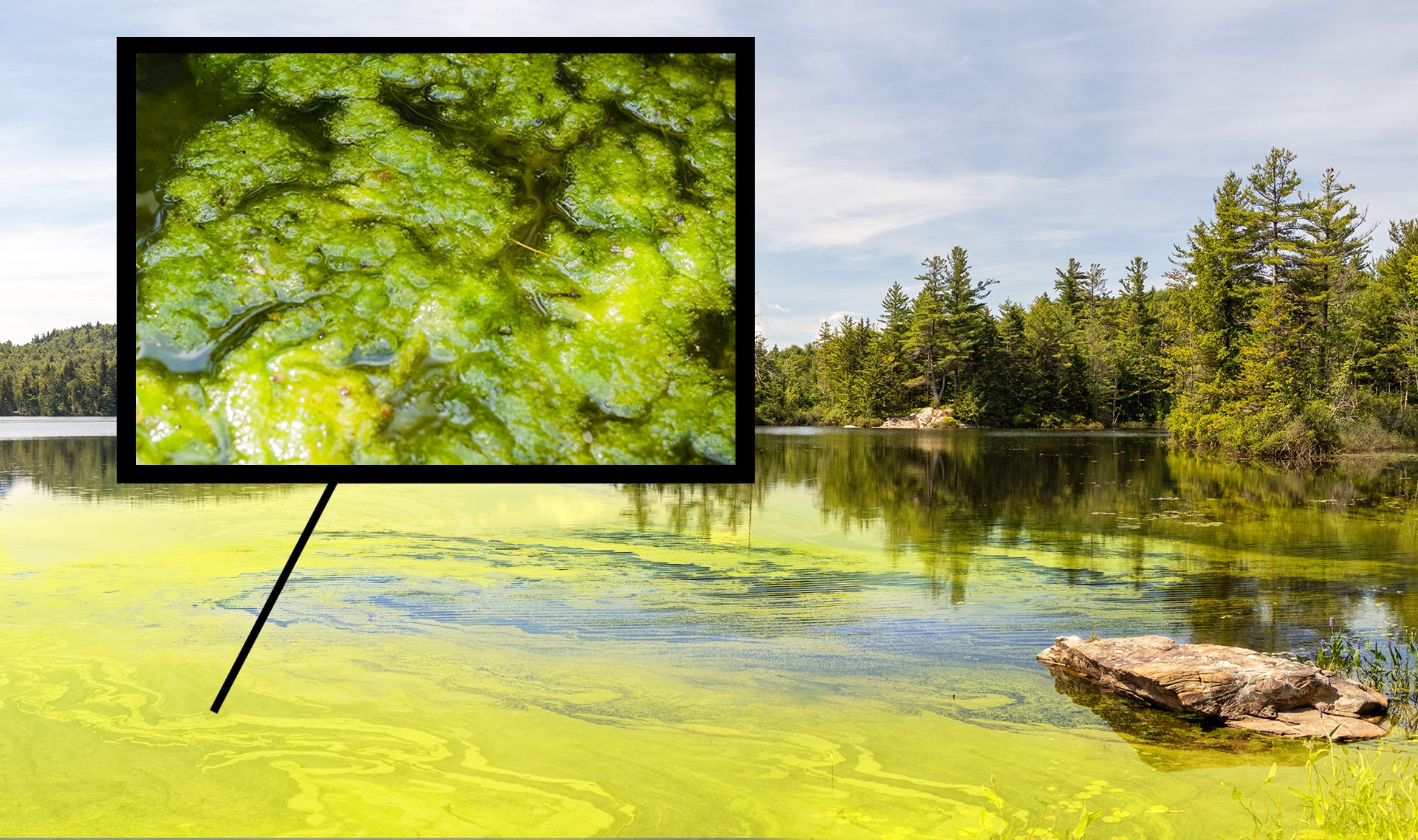
algae
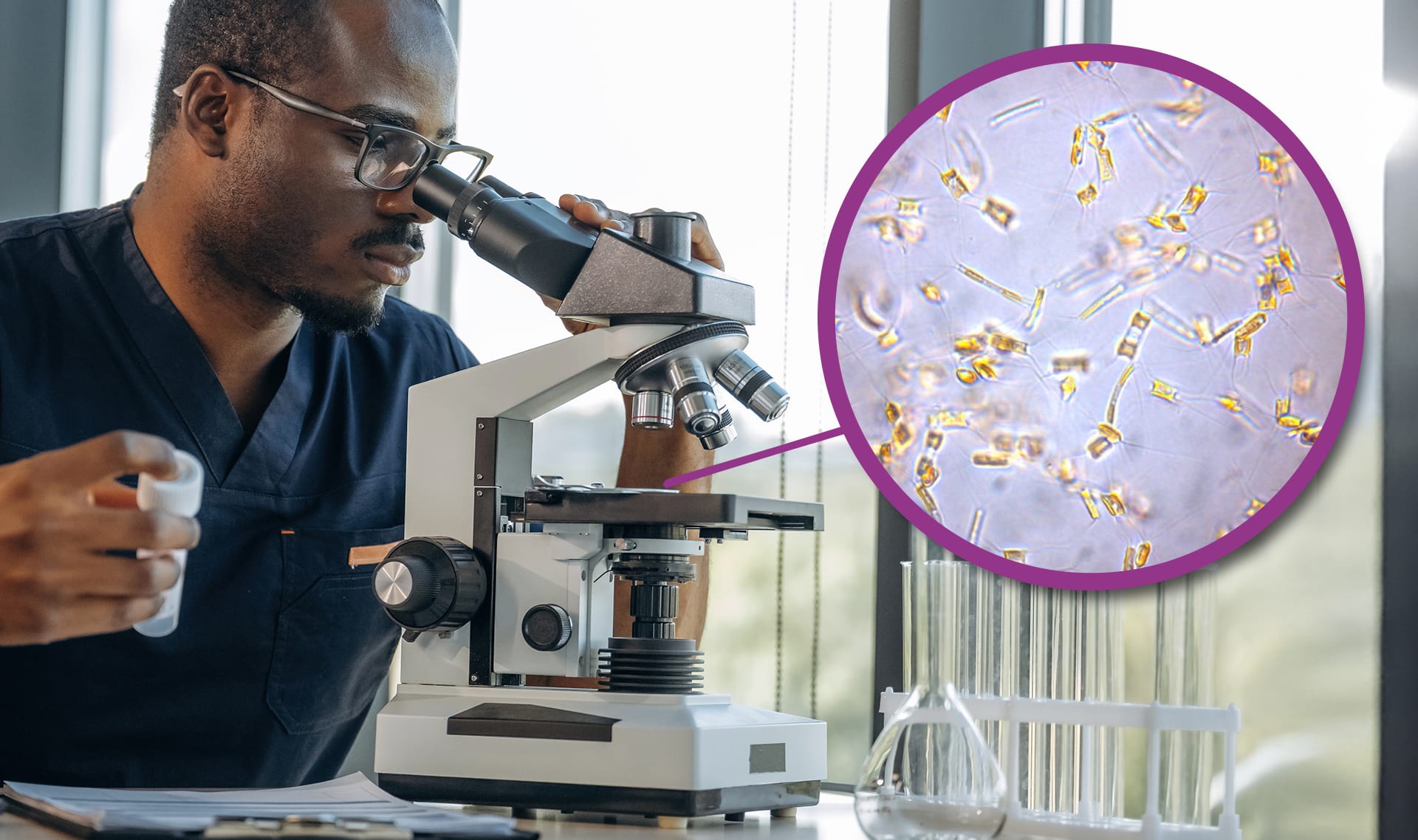
phytoplankton
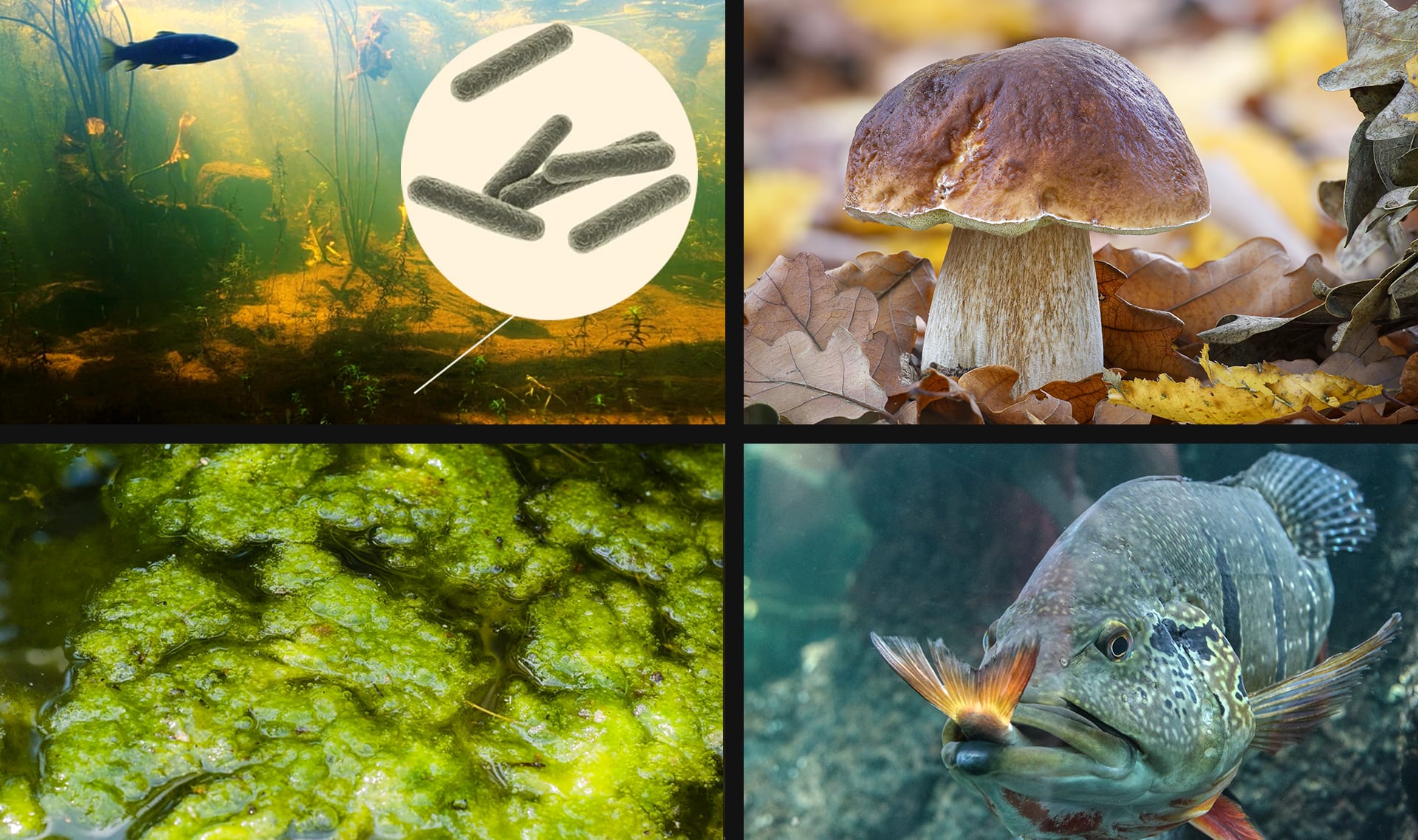
organism
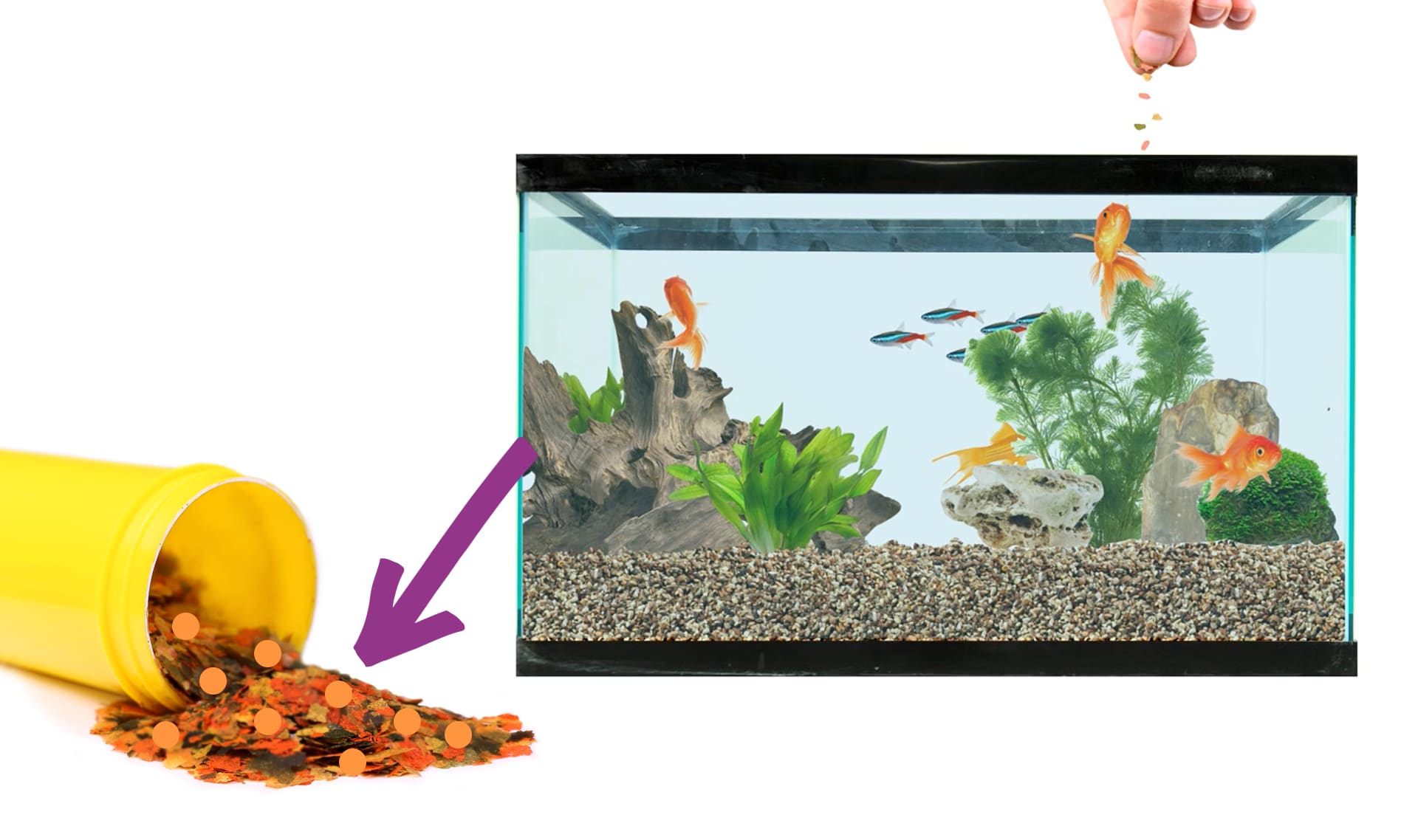
nutrient (micronutrient)

matter
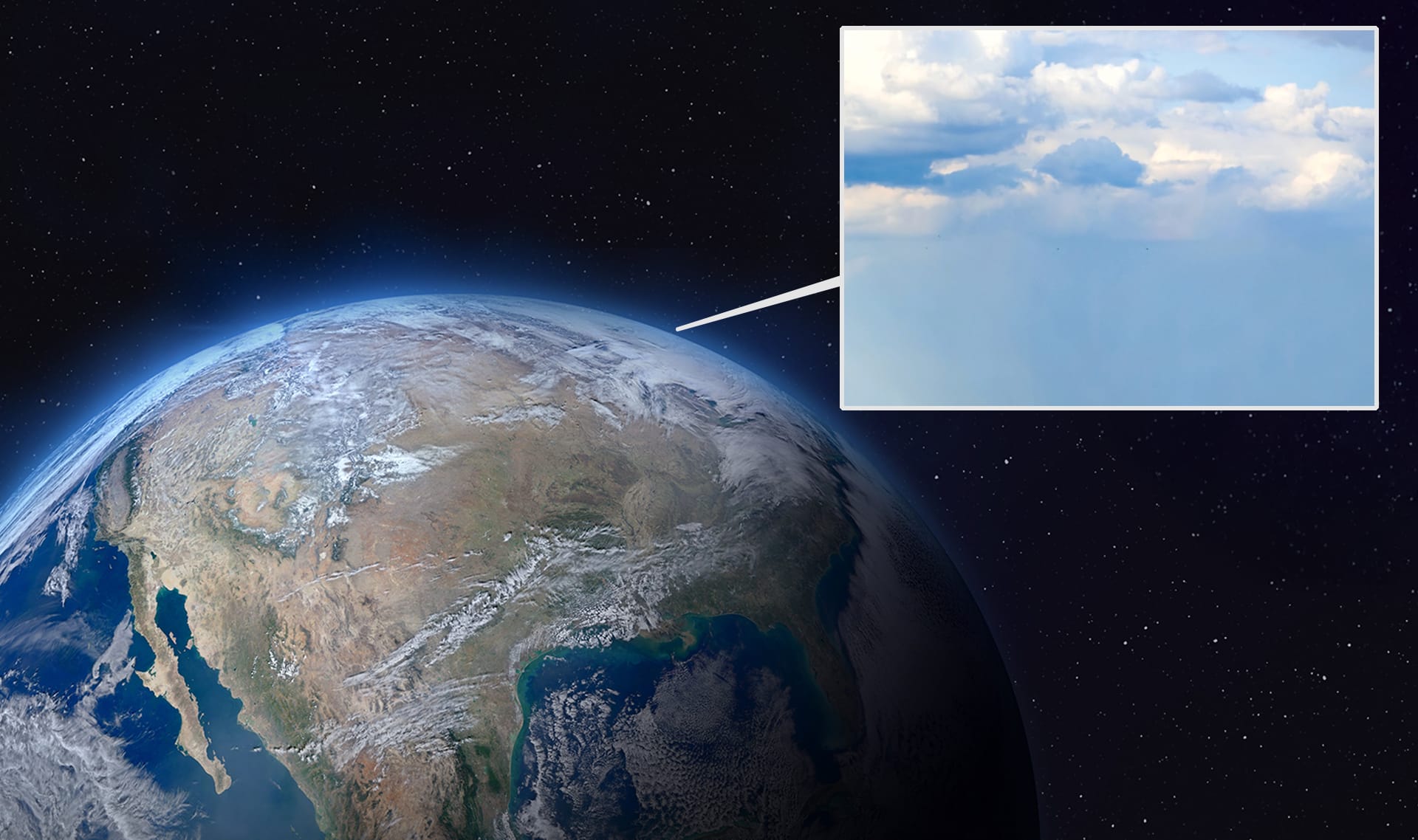
atmosphere

oxygen

carbon dioxide

cycle

carbon cycle
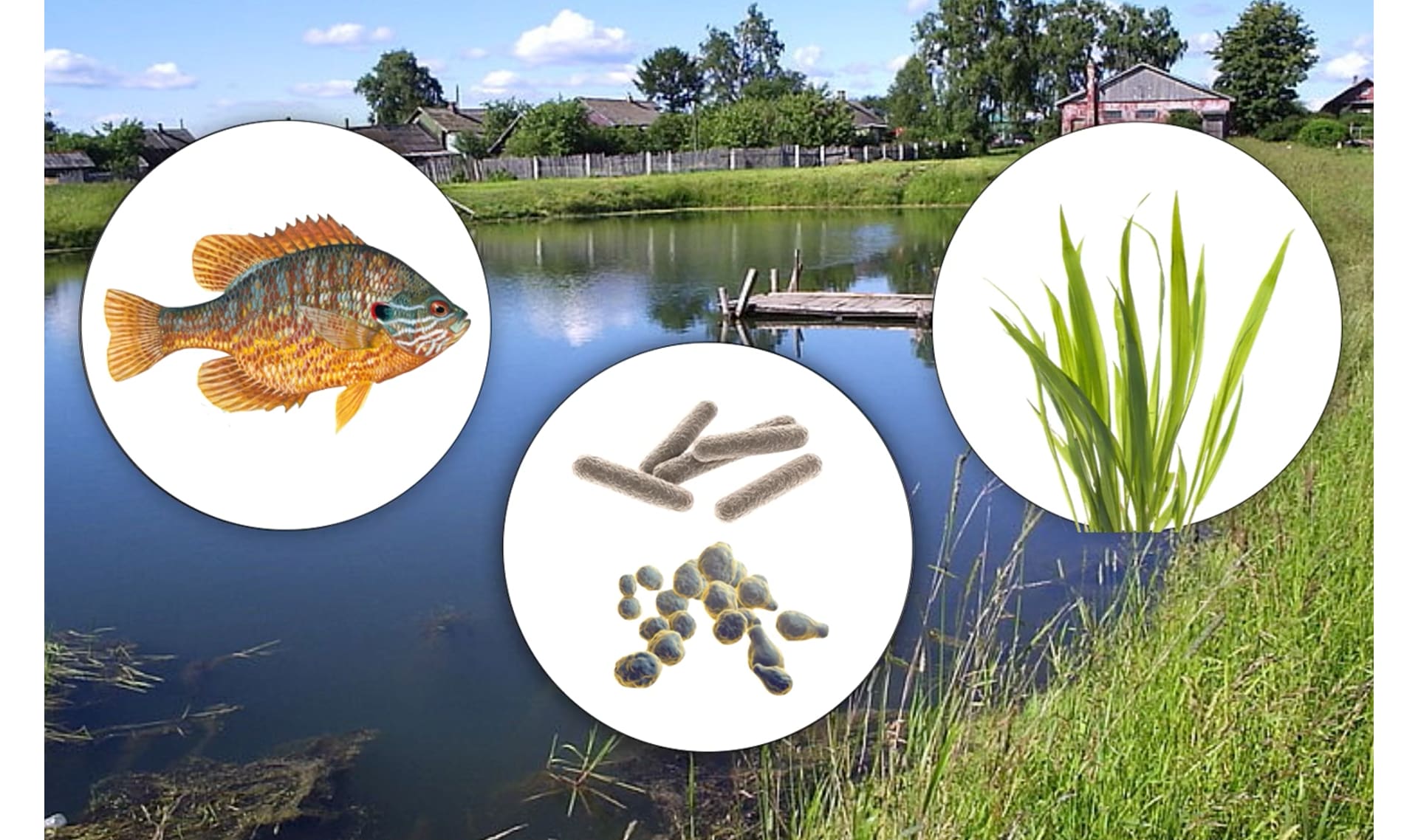
system
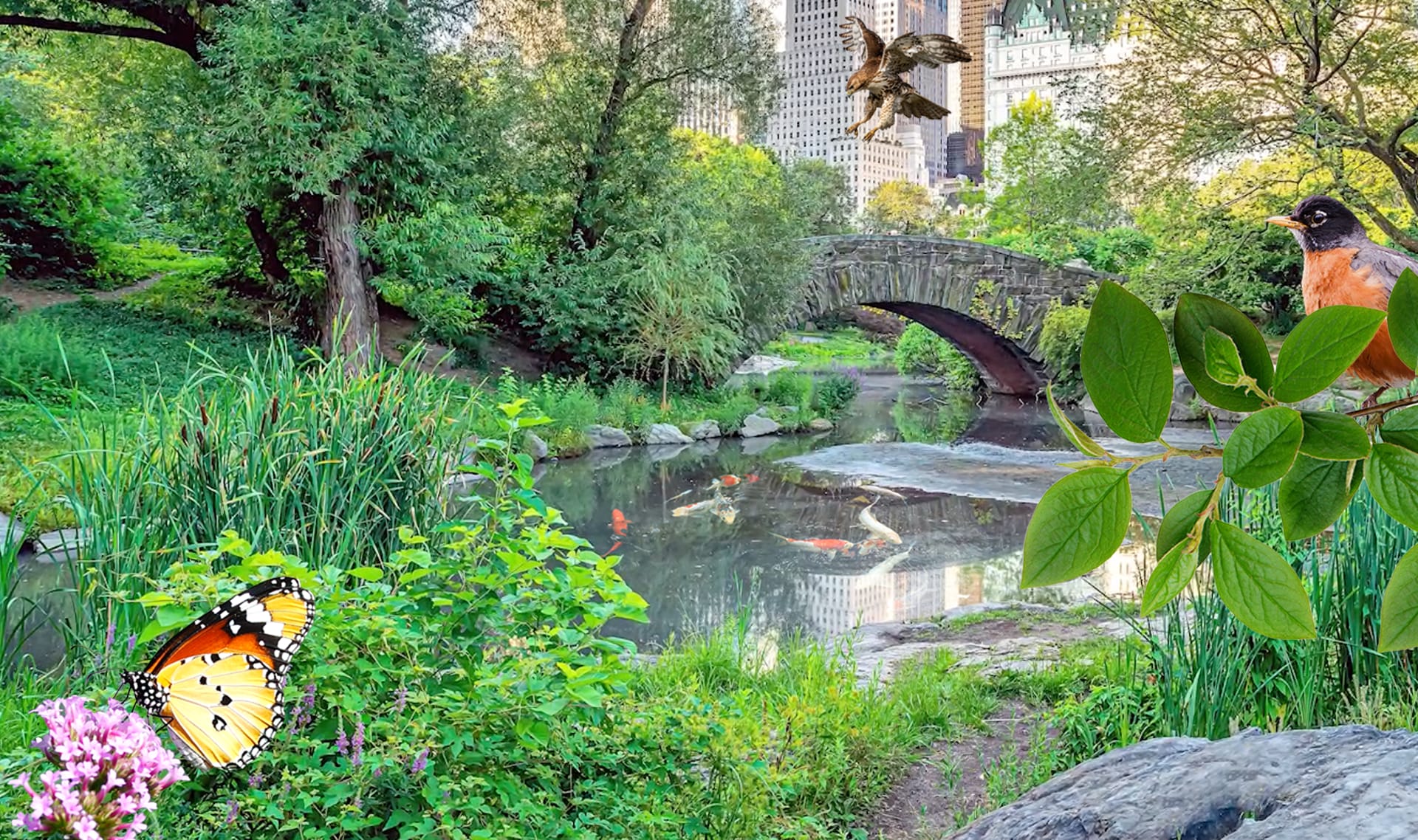
ecosystem
